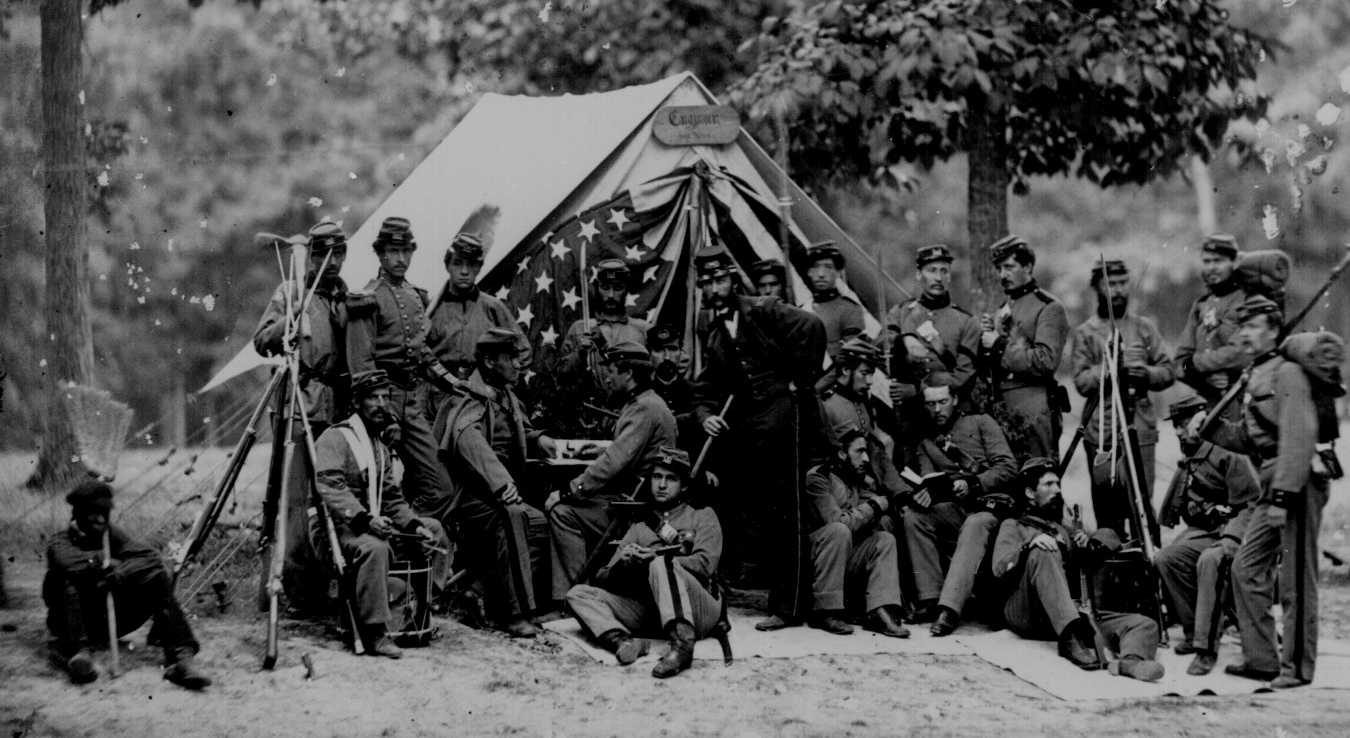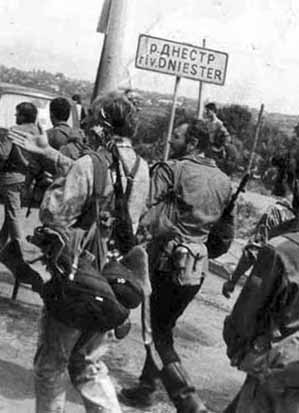
“Substance abuse in the service is a centuries old phenomenon.”
AN OUTRIGHT ban on drinking alcohol in combat seems to have had little impact on American soldiers’ consumption of booze, according to an article last week in Time magazine. In fact, the story reports that nearly half of all U.S. troops admit to regular binge drinking, up from 34 percent in 1998.
Narcotic abuse is also up an estimated 450 percent in only six years (from roughly 2 percent who claimed to be regularly popping pills in 2002 to 11 percent in 2008). The author of the piece, Mark Thompson, cites a recent study by the National Academy of Sciences as the source of this data.
And it’s not just the U.S. military that’s noticing a spike in substance abuse and addiction. According to a 2009 article in the U.K. newspaper the The Daily Mail, as many as 17,000 personnel in the Royal Navy drink regularly at what sources quoted in the story characterized as “hazardous levels”. This evidence came from a study conducted that year by the Kings’ Centre for Military Health Research in London. The researchers also found that as many as one in five sailors were consuming more than 50 units of booze a week (more than twice the safe limit).
Despite alarming statistics like these, substance abuse in the service is a centuries old phenomenon.
The Royal Navy famously issued entire pints of rum to its sailors as far back as the 1600s. In the century prior to that, brandy, wine or beer were doled out in copious amounts – in part as a morale booster, but also because drinking water tended to spoil quickly at sea, while alcohol would last longer in wooden casks.
In fact, according to a previous article from this very blog, at any given moment, as many as a third of the crew of British warships in the age of Nelson were inebriated — although drinking or being drunk on duty was a floggable offense.
Despite the popularity of the rum ration, consumption of alcohol was severely curtailed in the mid-19th century, as it was seen as being detrimental to ship morale and discipline. By 1970, the daily ration was eliminated entirely.
America’s military has also had its share of substance abuse problems going back decades.
The widespread use of marijuana among troops in Vietnam is well established, with some commanders reporting between 70 and 80 per cent of soldiers under their command using the drug. [1]
Astonishingly, Vietnam was not the first war in which commanders had to contend with inebriated troops. A century earlier, the American military was grappling with another substance abuse problem. The scourge of the ranks during and after the American Civil War was morphine.
A by-product of the opium poppy, morphine was first developed in 1804 in Paderborn, Germany and released to the public 13 years later. [2] A German pharmaceutical company began mass producing the medication in 1827. That same firm, which would eventually go on to become the drug manufacturer Merck, originally sold the highly-addictive medication as a treatment for alcohol and pure opium addiction. [3]
By the American Civil War, morphine was widely available in tablet form and used as a wonder drug to treat everything from post-operative pain to helping to curb diarrhea. [4]
During the course of the war, the Union army alone dispensed more than 10 million morphine tablets, and by war’s end the drug could be administered intravenously through newly available hypodermic needles. [5] According to some sources, the liberal use of morphine created as many as 400,000 addicts who reportedly continued to use the drug after the war. In fact, morphine addiction became known as “soldiers’ disease”. [6]
Some historians have challenged claims of widespread morphine addiction related to the war. According to these sources there are virtually no references to junky soldiers in any military reports or even soldiers’ letters or diaries. [7] Some even suggest that the first mention of morphine abuse among Civil War soldiers and veterans didn’t emerge until 1915 – 50 years after the conflict ended. [8]
Despite this, morphine, opium and even cocaine were widely used in the years after the Civil War by many in North America and Europe. In the latter half of the 19th century, Morphine could be ordered through the Sears catalogue, cocaine was prescribed as a treatment for alcoholism and heroine was often given as a cough suppressant. [9]
And when America went to war in 1898 against Spain, military authorities lamented the widespread smoking of opium among troops deployed in the Phillipines.[10]
_______________________________________
If you’d like to receive alerts about the latest articles and posts, click on the link in the upper right margin marked “FOLLOW THIS BLOG”. And don’t forget to follow us on Twitter.
SOURCES
- http://www.library.vanderbilt.edu/central/Brush/American-drug-use-vietnam.htm
- http://en.wikipedia.org/wiki/Morphine
- Ibid
- http://www.straightdope.com/columns/read/1335/did-the-u-s-civil-war-create-500-000-morphine-addicts
- Ibid
- http://en.wikipedia.org/wiki/Morphine
- http://www.druglibrary.org/schaffer/History/soldis.htm
- Ibid
- http://www.straightdope.com/columns/read/1335/did-the-u-s-civil-war-create-500-000-morphine-addicts
- http://www.library.vanderbilt.edu/central/Brush/American-drug-use-vietnam.htm









